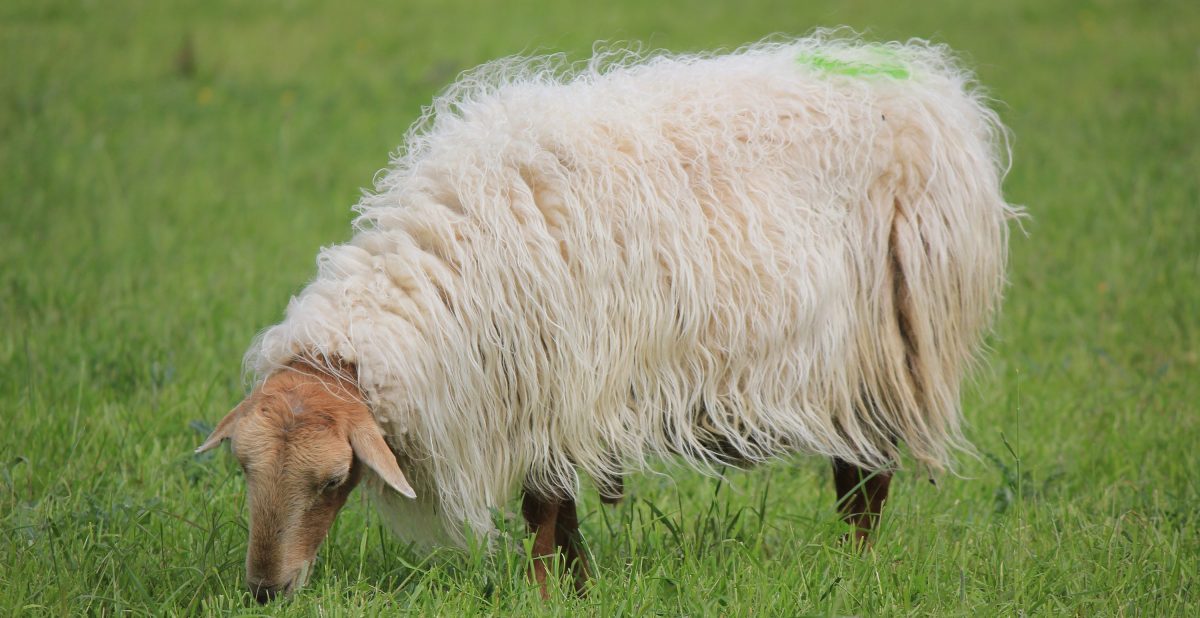Basque ethnography at a glance
A ‘consumer’ enters a shoe shop one morning and buys a pair of shoes. For reasons which escape us —perhaps prompted by coquetry, perhaps motivated by a hidden psychological need—, the shoes he buys are two sizes smaller than just right. After wearing them for two or three days his feet of course hurt, so he takes painkillers. But he continues to wear them. Days later his feet are covered in blisters, which he treats and covers with antiseptics and sticking plasters, but he still continues to wear his newest shoes. His battered feet get worse, so he decides to see the doctor. The blisters have become infected, so the doctor prescribes antibiotics. Treatment concludes, and yet his condition worsens. He sees the podiatrist, but his feet will not improve. His wounds may eventually turn gangrenous, so the surgeon decides to amputate. The amputee undergoes rehabilitation, is fitted with a pair of prosthetic feet especially designed by pioneering experts, and not without difficulty, learns to walk again. Next a team of renowned scientists build a new pair of bionic feet for him, which they connect to his nervous system using improved artificial intelligence, so in the end he is able to move quite naturally.
Wonderful technology is now ubiquitous, making our day-to-day lives a little ‘easier’. Technology itself, however, creates more and bigger problems than it solves, though those who are fully engaged in ‘progress and other modern myths’, as John N. Gray would say, feel comforted and certain that sooner or later everything will be solved. The biggest problem is that technology and the progress it brings, do not always follow common sense. The sensible thing to do in our exemplary case would have been to return to the shop and choose the right size of shoes. But things that make sense do not make money. In fact, a bunch of specialists intervene in the escalation of health problems the protagonist faces, more and more technologically sophisticated and expensive remedies becoming necessary, and increasing opportunities for business being ultimately generated.
Those of us who remain committed to ethnographic research are most likely aware —perhaps because we are continuously comparing old and new knowledge and techniques, perhaps because we have developed a critical eye— that some of the conveniences the ‘modern’ world offers us are completely nonsensical. And that abandoned traditional practices should not necessarily be deemed futile or inefficient.
It is being said that scientists are working to reduce global warming by breeding climate-friendly sheep. Like any ruminant, sheep expel methane in their burps, so efforts are being made to genetically select less gassy sheep and also change the composition of feed used in livestock production. But not much is being said about the major contribution to greenhouse gas emission by the gigantic industrial agriculture dedicated to the production of transgenic soya, a regular ingredient of animal feed commercialized today. Surely, the easiest thing to do is to let flocks do what they have always done: graze on grass.
Luis Manuel Peña – Ethnography Department – Labayru Fundazioa
Translated by Jaione Bilbao – Ethnography Department – Labayru Fundazioa


